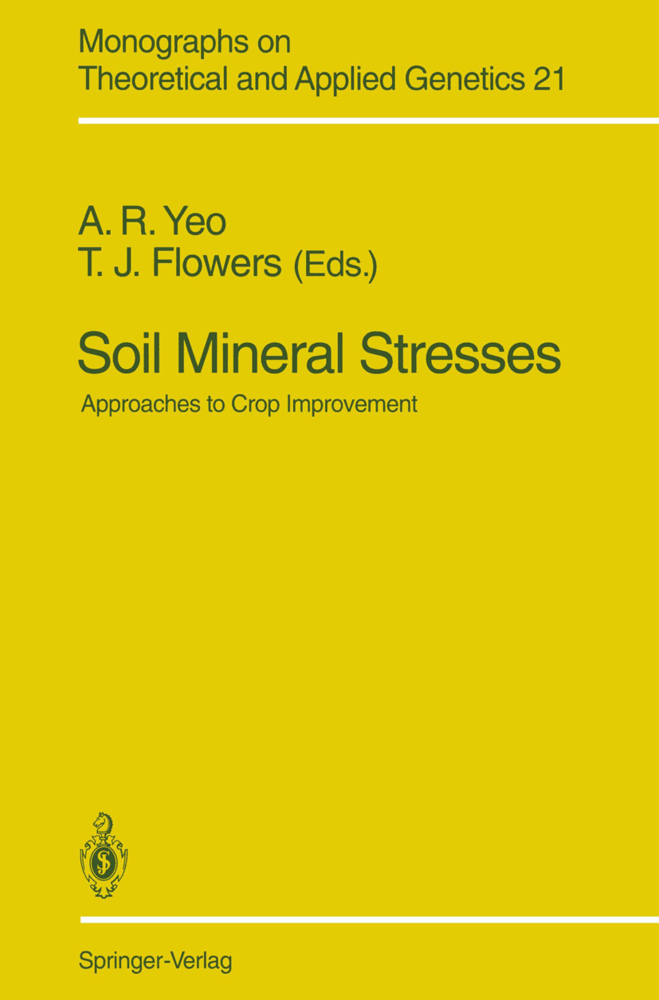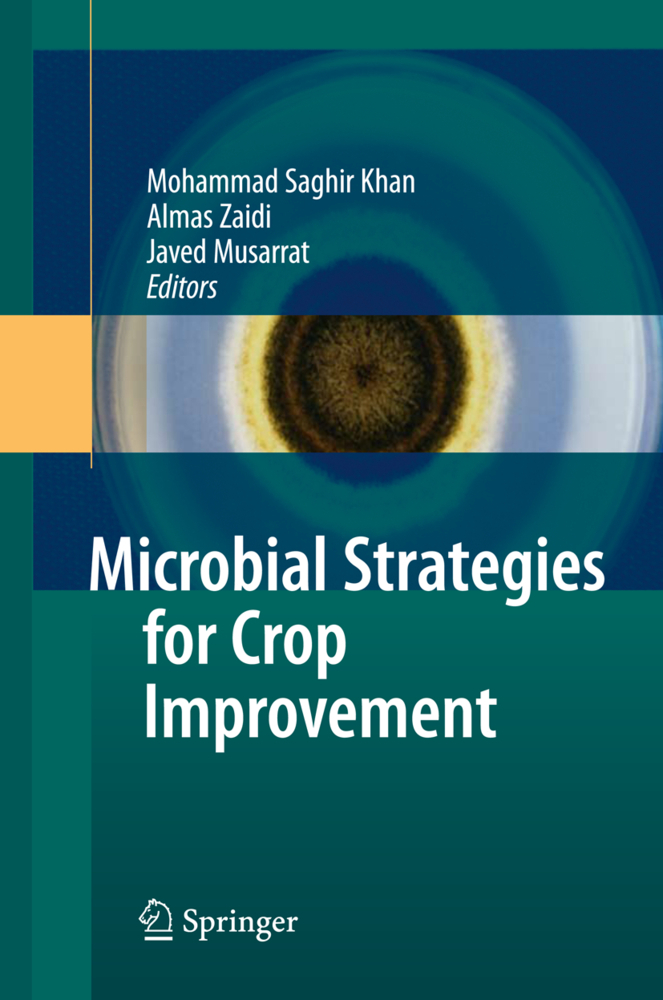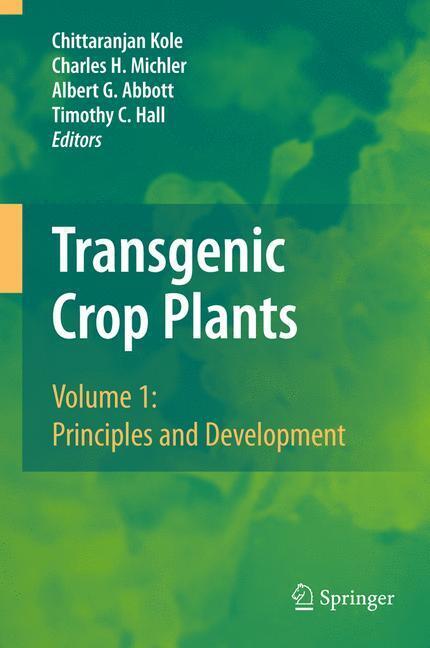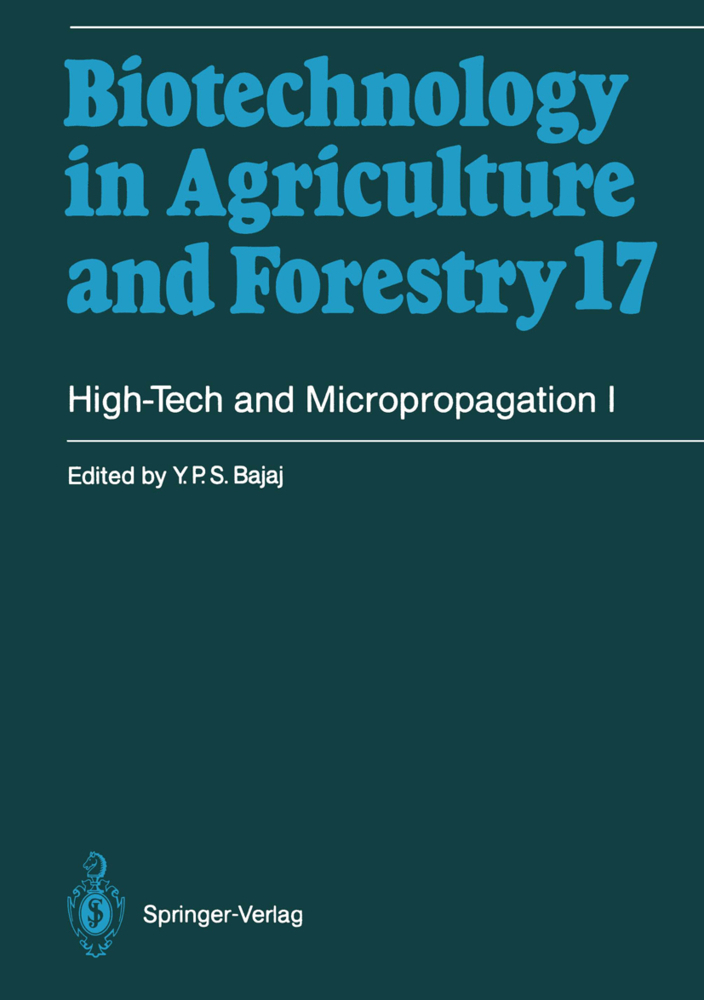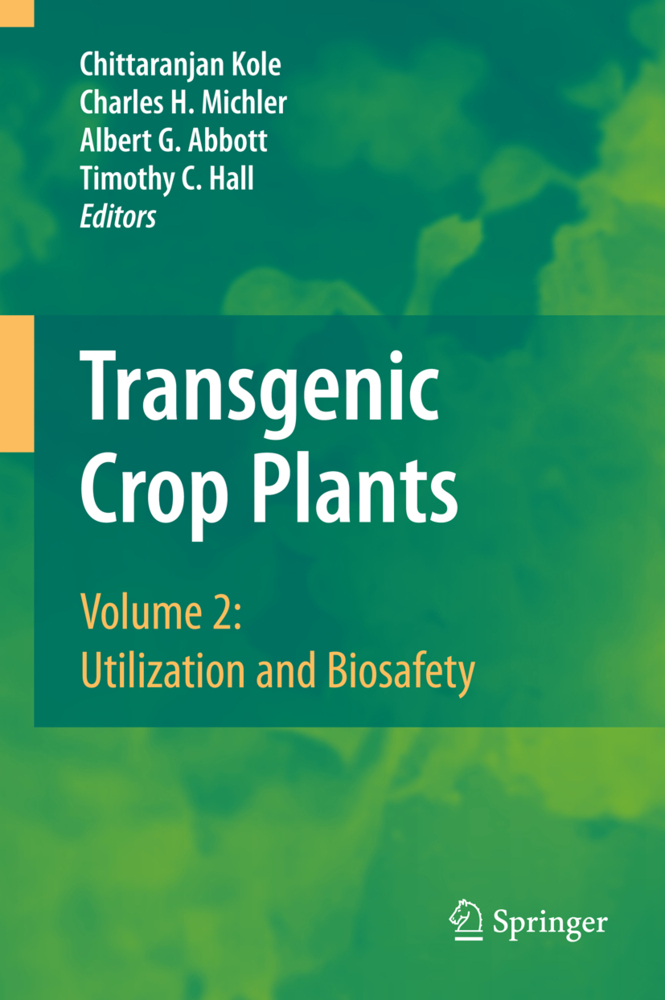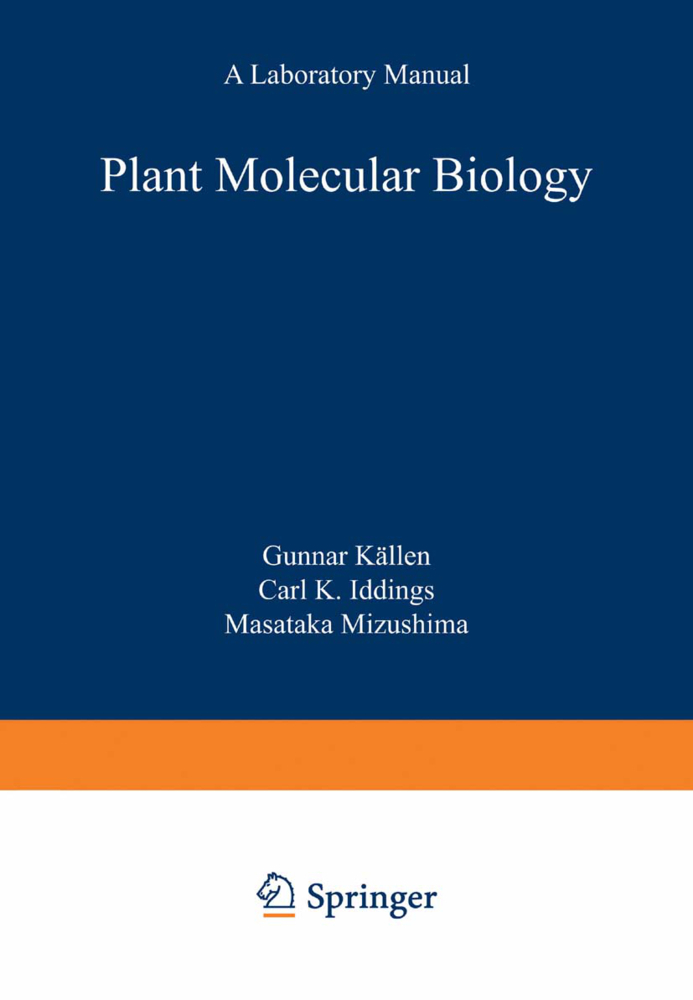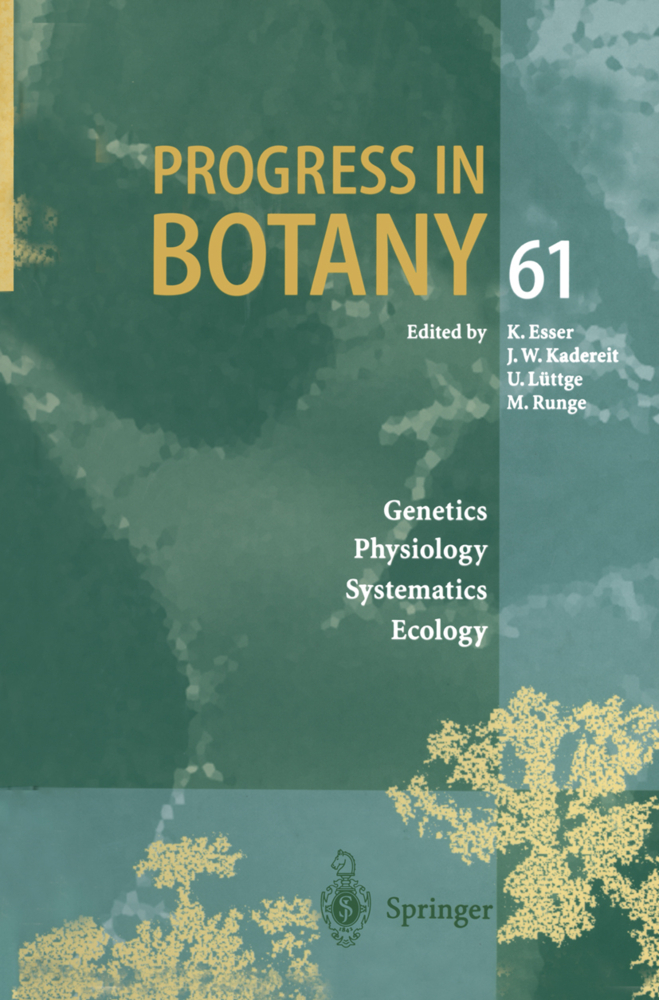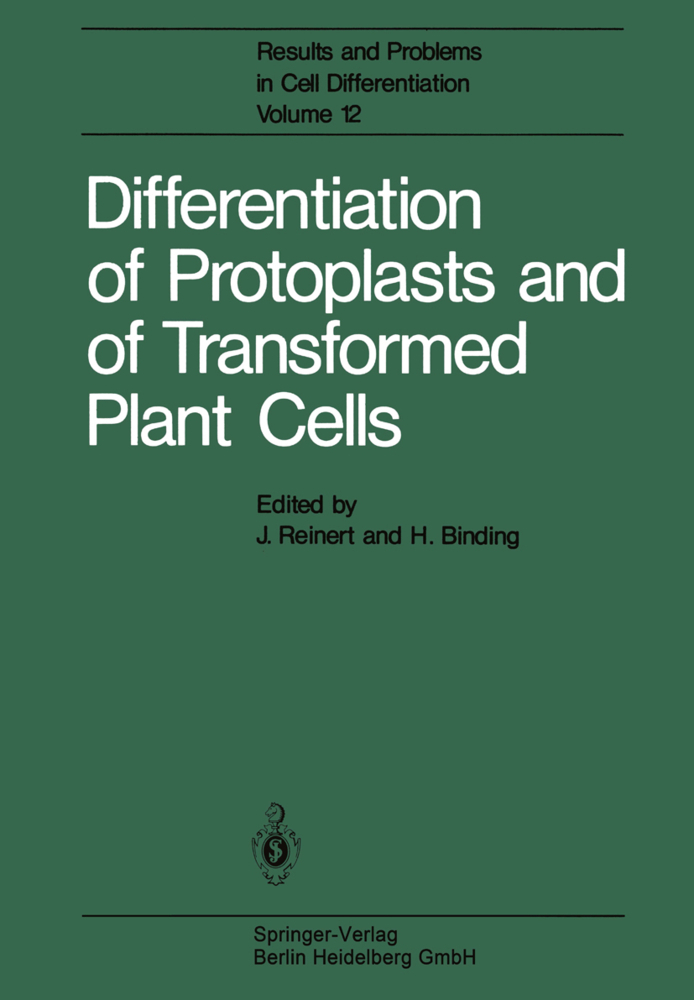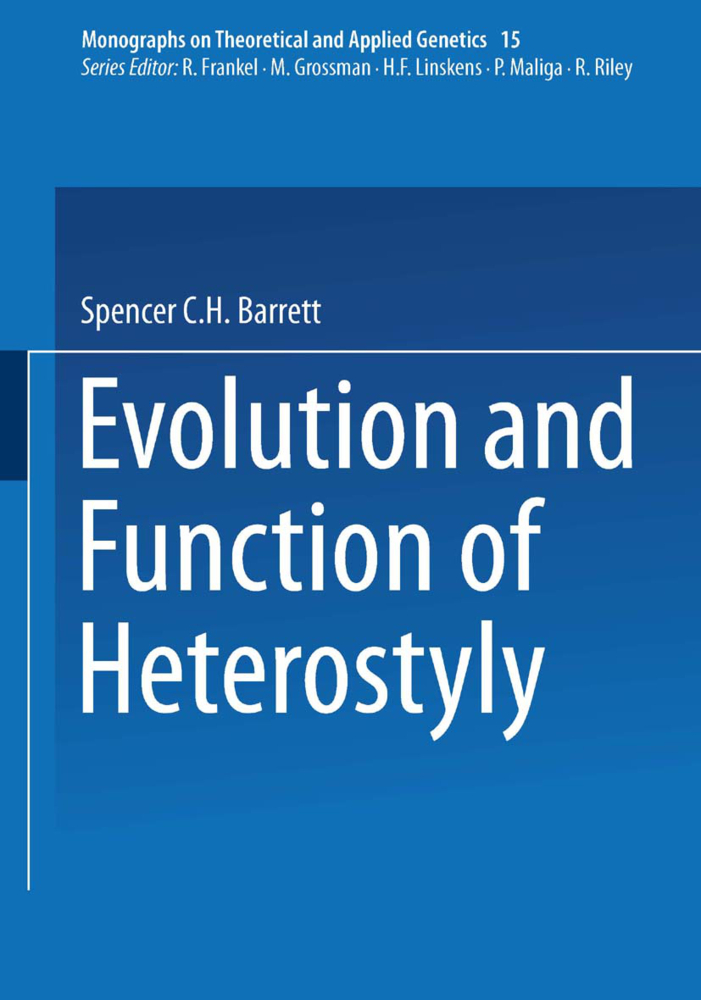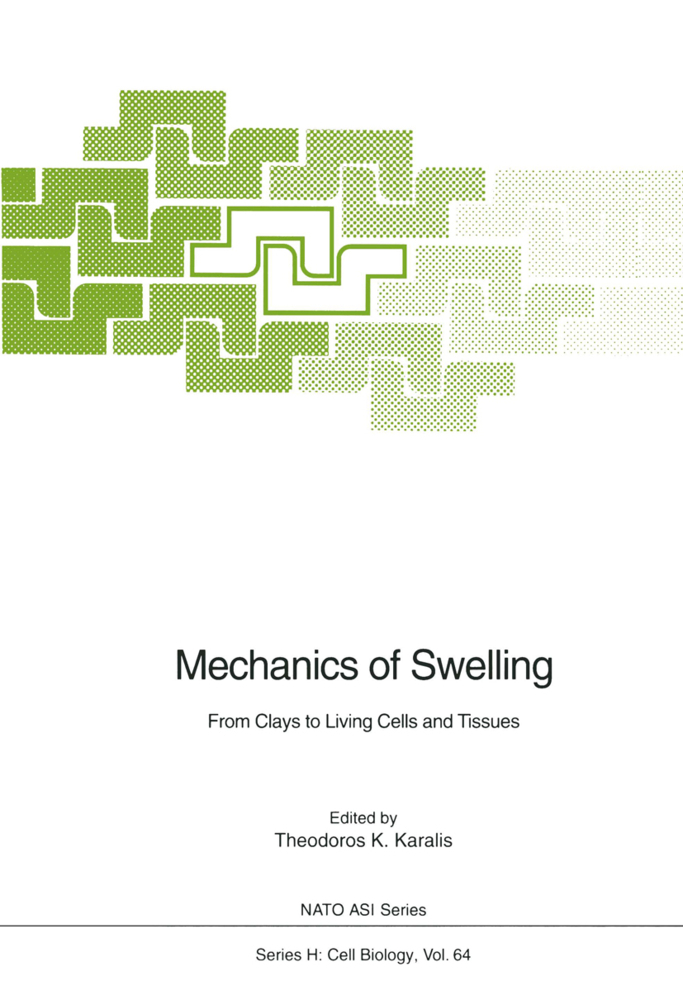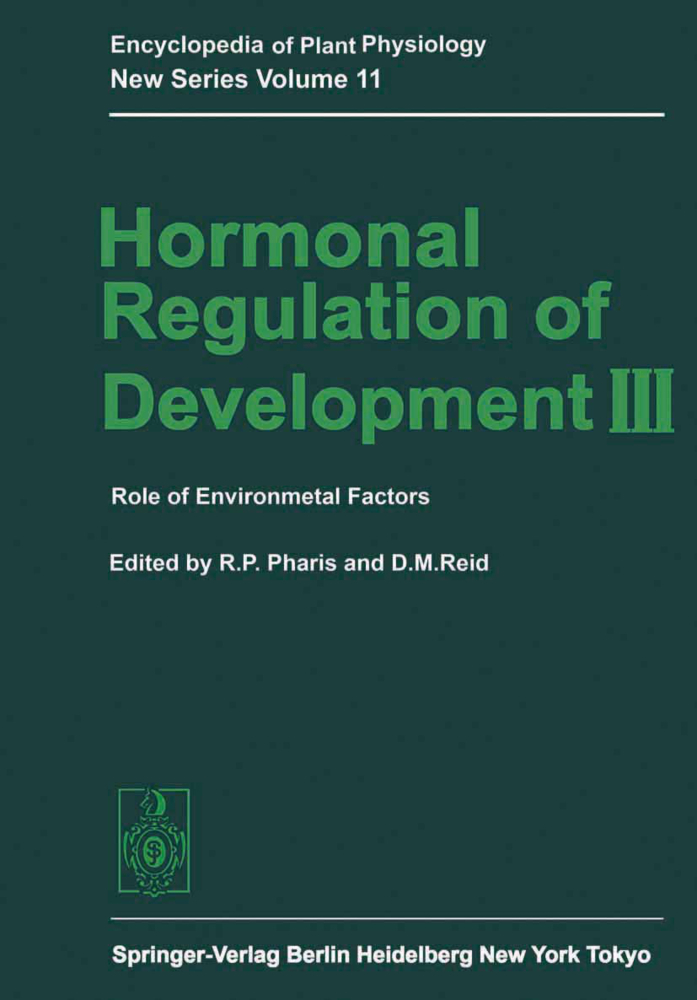Soil Mineral Stresses
Approaches to Crop Improvement
Soil Mineral Stresses
Approaches to Crop Improvement
Thisbookisconcernedwiththewaysinwhichcropsmightbedevelopedfor soilsthatare,atthepresent,agriculturallyunproductivebecauseofexcesses and/ordeficienciesofcertainminerals. Wehaveconcentratedonsoils,rather thanonenvironmentalconditionsthatlimitproductivity,sincetherehavebeen anumberofrecenttextsdealingwithtopicssuchasdroughtandtemperature. Theaimisthatthoseworkingtoderivecropsforgrowthonthese"problem" soilsshouldbeawareofthemanydiverseavenuesthatareavailable. These comefromthedisciplinesofplantbreeding,geneticsandphysiology,andthe interfacesthataredevelopingbetweenthem. Thebackground,therequirementstofeedtheprojectedincreaseinhuman population,issetoutintheintroductorychapter. Thenextfivechaptersthen dealwiththeapproachestocropimprovement:themeritsofaconventional breedingprogramme,theimportanceofphysiologicalcharactersinmaking selections,theuseofinvitrotechniques,ofcytogenetics,andthevalueof developingnativeplantsintocropsintheirownright. Althoughsalinityisoften usedasanexample,reflectingtheresearchinterestsofmanyoftheauthors,the methodsandapproachesdescribedhavemuchwiderapplicability. Twochap tersarethenconcernedmorespecificallywithbreedingfortolerancetoother metaltoxicitiesandwithdeficienciesandtoxicitiesofmicronutrients. Finally,in theconcludingchapter,wesummariseandfindcommongroundbetweenthe differentapproachesandpointsofview. Brighton,April1994 ANTHONYR. YEO TIMOTHY J. FLOWERS Contents Chapter1 Introduction:WorldPopulationandAgriculturalProductivity T. 1. Flowers 1. 1 HowManyPeopleAreThere? . 1 1. 2 AgriculturalRequirements. . 2 1. 2. 1 FoodRequirements. . . . . . . . . . . 2 1. 2. 2 FoodSupply. . . . . . . . . . . . . . . 4 1. 3 Population-CarryingCapacity. . . . . . . . . . . . . . . 5 1. 4 HowMuchLandIsThere? . 6 1. 5 IncreasingFoodProduction . 7 References. . . . . . . . . . . . . . . . . . . . . . . . . . . . . 9 Chapter2 ConventionalPlantBreedingforTolerancetoProblemSoils C. N. ChaubeyandD. Senadhira 2. 1 ScreeningTechniques . 11 2. 2 VariabilityinToleranceforSoilStresses . 14 Rice . 15 2. 2. 1 2. 3 GeneticsofToleranceforSoilStresses. . . . . . . . . . . . 16 19 2. 3. 1 GeneLocationandLinkages. . . . . . . . . . . . . . . . . . CorrelatedChanges. . . . . . . . . . . . . . . . . . . . . . . 20 2. 3. 2 2. 4 Crop-Improvement . 21 2. 4. 1 Introduction. . . . . . . . . . . . . . . . . . . . . . . . . . 21 2. 4. 2 PureLineandMassSelection. . . . . . . . . . . 21 2. 4. 3 HybridisationandSelection. 23 2. 4. 3. 1 PedigreeMethod. . . . . . . 23 2. 4. 3. 2 BulkMethod. . . . . . . . . 23 BackcrossBreeding. . . . . . 2. 4. 3. 3 26 2. 4. 3. 4 RecurrentSelection. . . . . . . . . . . . . . . . . . . . . . . . 26 2. 4. 3. 5 RapidGenerationAdvanceProcedures. . . . . . . . . . . . 27 2. 4. 4 MutationBreeding. . . 28 2. 4. 5 PolyploidBreeding. 28 2. 4. 6 HeterosisBreeding. 29 2. 5 Summary. . . . 29 References. . . . . . 29 VIII Contents Chapter3 PhysiologicalCriteriainScreeningandBreeding A. R. Yeo 3. 1 Introduction. . . . . . . . . . . . . . . . . . . . . . . . . . . . 37 3. 2 ReasonsfortheUseofPhysiologicalSelection . 38 3. 2. 1 TheComplexityofTolerance. . . . . . . . . . 38 3. 2. 2 ImportingTolerancefromWildRelatives . 39 3. 2. 3 MeasuringStressTolerance . 40 3. 2. 4 InteractionBetweenEnvironmentalStresses. . . . . . . . . 42 3. 2. 5 LimitationstotheUseofYieldasaSelectionCriterion. . . 42 3. 3 Salinity . 43 3. 3. 1 BasicProblems. . . . . . . . . . . . . . . . . . . . 43 SaltExclusion. . . . . . . . . . . . . . . . . . . . . . 44 3. 3. 2 3. 3. 3 ConditionsRequiringOsmoticAdjustment. . 45 3. 3. 4 CharacteristicsNeededinSalt-TolerantPlants . 46 3. 3. 4. 1 ControlofSaltUptake. . . . . . . . . . . . . . . . . . .
1.2 Agricultural Requirements
1.3 Population-Carrying Capacity
1.4 How Much Land Is There?
1.5 Increasing Food Production
References
2 Conventional Plant Breeding for Tolerance to Problem Soils
2.1 Screening Techniques
2.2 Variability in Tolerance for Soil Stresses
2.3 Genetics of Tolerance for Soil Stresses
2.4 Crop-Improvement
2.5 Summary
References
3 Physiological Criteria in Screening and Breeding
3.1 Introduction
3.2 Reasons for the Use of Physiological Selection
3.3 Salinity
3.4 Drought
3.5 Physiological Selection Procedures
References
4 Cytogenetic Manipulations in the Triticeae
4.1 Introduction
4.2 Background to Wheat and Salinity
4.3 Cytogenetics of Wheat
4.4 Transfer into Wheat of Alien Genes for Tolerance to Salt
4.5 The Development of Hybrids as New Crop Species
4.6 The Interface Between Cytogenetics and Physiology
4.7 GeneticControl of Salt Tolerance in Barley
4.8 Genes for Abiotic Stress Tolerance in the Triticeae
4.9 Examples of Alien Introduction
4.10 Genetic Markers in Plant Breeding
4.11 Summary
References
5 Tissue Culture in the Improvement of Salt Tolerance in Plants
5.1 Introduction
5.2 Application of Tissue Culture to Obtain Salt-Tolerant Plants
5.3 Tissue Culture in the Identification and Characterisation of Cellular Determinants of Salt Tolerance
5.4 Conclusion
References
6 The Agricultural Use of Native Plants on Problem Soils
6.1 Evolution of Domestic Species
6.2 Limits of Improving Existing Crops
6.3 Availability of Alternatives
6.4 Methods of Domestication
6.5 Time Scale for Agricultural Development
6.6 Conclusions
References
7 Metal Toxicity
7.1 Introduction: Sources of Toxicity
7.2 The Measurement of Tolerance
7.3 Variability in Wild Species
7.4 Variability in Cultivated Species
7.5 The Genetic Basis of Metal Tolerance
7.6 The Physiological Basis of Tolerance to Metals
7.7 Synthesis
References
8 Micronutrient Toxicities and Deficiencies in Rice
8.1 Introduction
8.2 Iron
8.3 Manganese
8.4 Zinc
8.5 Copper
8.6 Boron
8.7 Molybdenum
References
9 Summary: Breeding Plants for Problem Soils - Current Knowledge and Prospects
9.1 Why Grow Crops on Problem Soils?
9.2 Approaches to the Utilisation of Problem Soils
9.3 Selection of Parents and Within Breeding Populations
9.4 Tolerance and Potential Yield
9.5 Genetics of Tolerance to Problem Soils
9.6 Transfer from Other Species
9.7 Domestication of New Crops from the Native Flora
9.8 Outlook.
1 Introduction: World Population and Agricultural Productivity
1.1 How Many People Are There?1.2 Agricultural Requirements
1.3 Population-Carrying Capacity
1.4 How Much Land Is There?
1.5 Increasing Food Production
References
2 Conventional Plant Breeding for Tolerance to Problem Soils
2.1 Screening Techniques
2.2 Variability in Tolerance for Soil Stresses
2.3 Genetics of Tolerance for Soil Stresses
2.4 Crop-Improvement
2.5 Summary
References
3 Physiological Criteria in Screening and Breeding
3.1 Introduction
3.2 Reasons for the Use of Physiological Selection
3.3 Salinity
3.4 Drought
3.5 Physiological Selection Procedures
References
4 Cytogenetic Manipulations in the Triticeae
4.1 Introduction
4.2 Background to Wheat and Salinity
4.3 Cytogenetics of Wheat
4.4 Transfer into Wheat of Alien Genes for Tolerance to Salt
4.5 The Development of Hybrids as New Crop Species
4.6 The Interface Between Cytogenetics and Physiology
4.7 GeneticControl of Salt Tolerance in Barley
4.8 Genes for Abiotic Stress Tolerance in the Triticeae
4.9 Examples of Alien Introduction
4.10 Genetic Markers in Plant Breeding
4.11 Summary
References
5 Tissue Culture in the Improvement of Salt Tolerance in Plants
5.1 Introduction
5.2 Application of Tissue Culture to Obtain Salt-Tolerant Plants
5.3 Tissue Culture in the Identification and Characterisation of Cellular Determinants of Salt Tolerance
5.4 Conclusion
References
6 The Agricultural Use of Native Plants on Problem Soils
6.1 Evolution of Domestic Species
6.2 Limits of Improving Existing Crops
6.3 Availability of Alternatives
6.4 Methods of Domestication
6.5 Time Scale for Agricultural Development
6.6 Conclusions
References
7 Metal Toxicity
7.1 Introduction: Sources of Toxicity
7.2 The Measurement of Tolerance
7.3 Variability in Wild Species
7.4 Variability in Cultivated Species
7.5 The Genetic Basis of Metal Tolerance
7.6 The Physiological Basis of Tolerance to Metals
7.7 Synthesis
References
8 Micronutrient Toxicities and Deficiencies in Rice
8.1 Introduction
8.2 Iron
8.3 Manganese
8.4 Zinc
8.5 Copper
8.6 Boron
8.7 Molybdenum
References
9 Summary: Breeding Plants for Problem Soils - Current Knowledge and Prospects
9.1 Why Grow Crops on Problem Soils?
9.2 Approaches to the Utilisation of Problem Soils
9.3 Selection of Parents and Within Breeding Populations
9.4 Tolerance and Potential Yield
9.5 Genetics of Tolerance to Problem Soils
9.6 Transfer from Other Species
9.7 Domestication of New Crops from the Native Flora
9.8 Outlook.
Yeo, Anthony R.
Flowers, Timothy J.
| ISBN | 9783642842917 |
|---|---|
| Artikelnummer | 9783642842917 |
| Medientyp | Buch |
| Auflage | Softcover reprint of the original 1st ed. 1994 |
| Copyrightjahr | 2014 |
| Verlag | Springer, Berlin |
| Umfang | 218 Seiten |
| Abbildungen | XIV, 218 p. 3 illus. |
| Sprache | Englisch |

